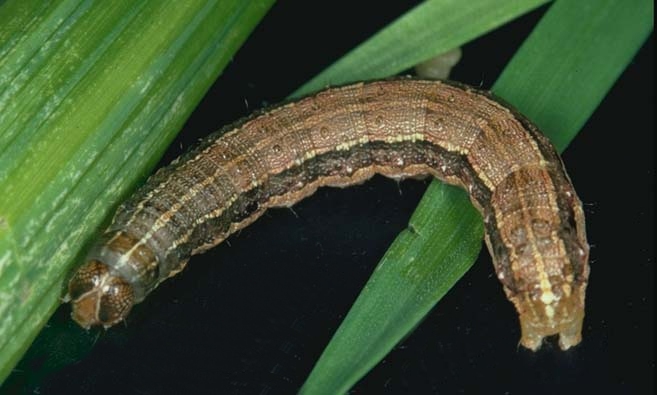- Fall Army worm does not come from seeds or fertilizers, but through the movement of moths that lay eggs in different areas.
- Fall Army worm caterpillars are not poisonous to humans or animals. The infested FAW infested maize stoves can be fed to animals after drying the materials. However, crops sprayed with pesticides should not be fed to the livestock without checking the pre-harvest interval.
- Yellowing of the leaves may not be necessarily because of Fall Army worms, but can also be due to nutrient deficiency or disease.
- Heavy rainfall can wash away Fall Army worm caterpillars but this won’t fully control the infestation.
- Chemical pesticides cant fully control Fall Army worms, but can be bestmanaged through deploying varied integrated pest management options.
- Rouging, uprooting or burning Fall Army worm affected plants is not an effective way of controlling the pest due to its rapid spread.


Thanks , I’ve recently been searching for information approximately this subject for ages and yours is the greatest I’ve came upon till now. However, what in regards to the conclusion? Are you sure concerning the source?
I’m still learning from you, as I’m trying to reach my goals. I definitely liked reading everything that is written on your website.Keep the posts coming. I loved it!
I know this web site gives quality dependent content and
additional information, is there any other web page which
provides these kinds of information in quality?
Hey very nice blog!
Appreciating the time and effort you put into your site and in depth information you present.
It’s great to come across a blog every once in a while that isn’t the same
outdated rehashed information. Excellent read! I’ve bookmarked your site and I’m adding your RSS feeds to my Google account.